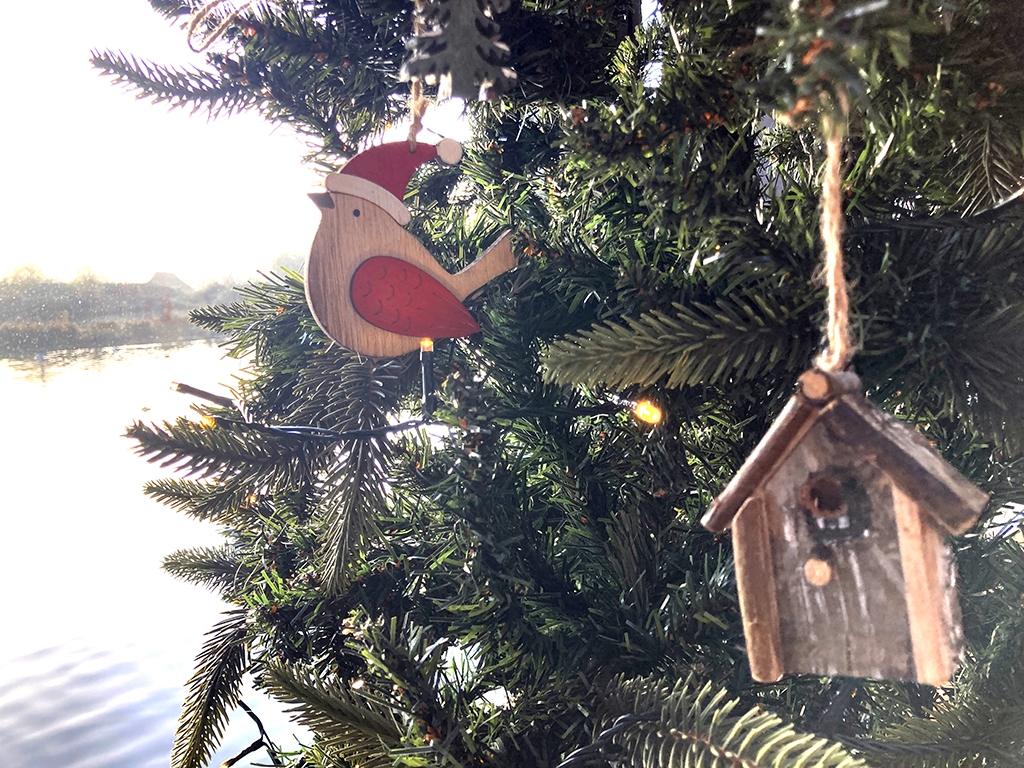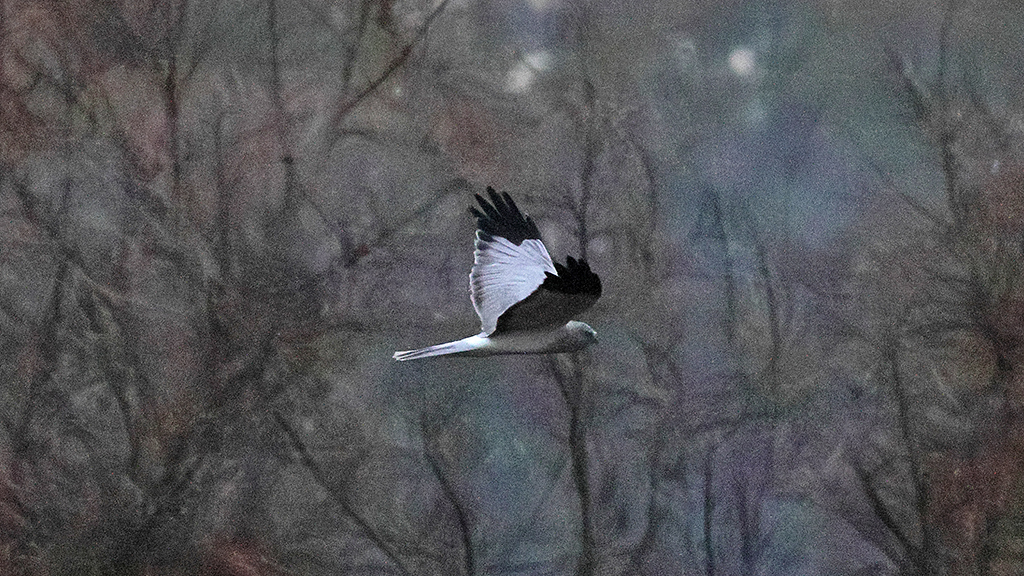Busy breeding season is underway at Arundel

Head Keeper Sam McKinlay and the Collection Team once again have their hands full with breeding season underway among the threatened and endangered birds they care for at Arundel Wetland Centre.
The Keepers have many species to track and will house the hatchlings and their families differently, depending on species, size and threats.
Obvious nests in exhibits
Birds like the Bewick’s swans pair build a big nest and hatch their eggs outdoors in the exhibits they live in. The pair at Arundel are currently sitting on eggs for a thirty-two day incubation period. The Keepers will be watching to see if there are cygnets hatching from mid-June.

Bewick's swan on nest next to the Icelandic Lake exhibit May 2022
Tucked away in nesting boxes
Some ducks nest in their exhibits inside green wooden boxes built by the Keepers at the wetland centre. These boxes vary in size and shape for the species using them and make it easier to check on the birds regularly. Keepers have an eye on the bufflehead ducks and hooded mergansers. Both species have chicks pipping in the shells, about to hatch any minute! These young families will quickly be moved into the netted duckery enclosure after they hatch to benefit from extra protection.

Eggs in a nest of buffleheaded duck (above) are about to hatch!
Special treatment for endangered species
The eggs of some endangered species are placed in incubators and the youngsters reared in tanks by our Keepers. These scaly-sided merganser chicks (pictured above) hatched in May – here Padme is 7 days old while Obi is 3 days old. Scaly-sided mergansers and Meller’s ducks that breed at Arundel Wetland Centre are part of the European Endangered Species Programme (EEP) to maintain healthy population of healthy animals in Europe. This work is essential for conservation work with these species.
All these birds are all the first wave of the breeding season which will have the Collections Team busy through till the end of the summer. The next wave may include red-breasted goslings, red shoveler ducklings and Philippine ducklings in the next month or two.

Head Keeper Sam McKinlay working in the duckery enclosure
Will they, won't they
The Keepers are waiting to see if our pair of trumpeter swans lay eggs this year. The male is quite young (three years old) and the pair are not showing much interest in nest building despite being given logs for privacy and a tonne bag of nesting material!

Trumpeter swan pair
Some of the birds that hatch out this season at Arundel Wetland Centre may remain here while others may be moved to other WWT centres across the UK. Endangered species belonging to the EEP programme may even end up abroad in other countries as part of conservation programs.



